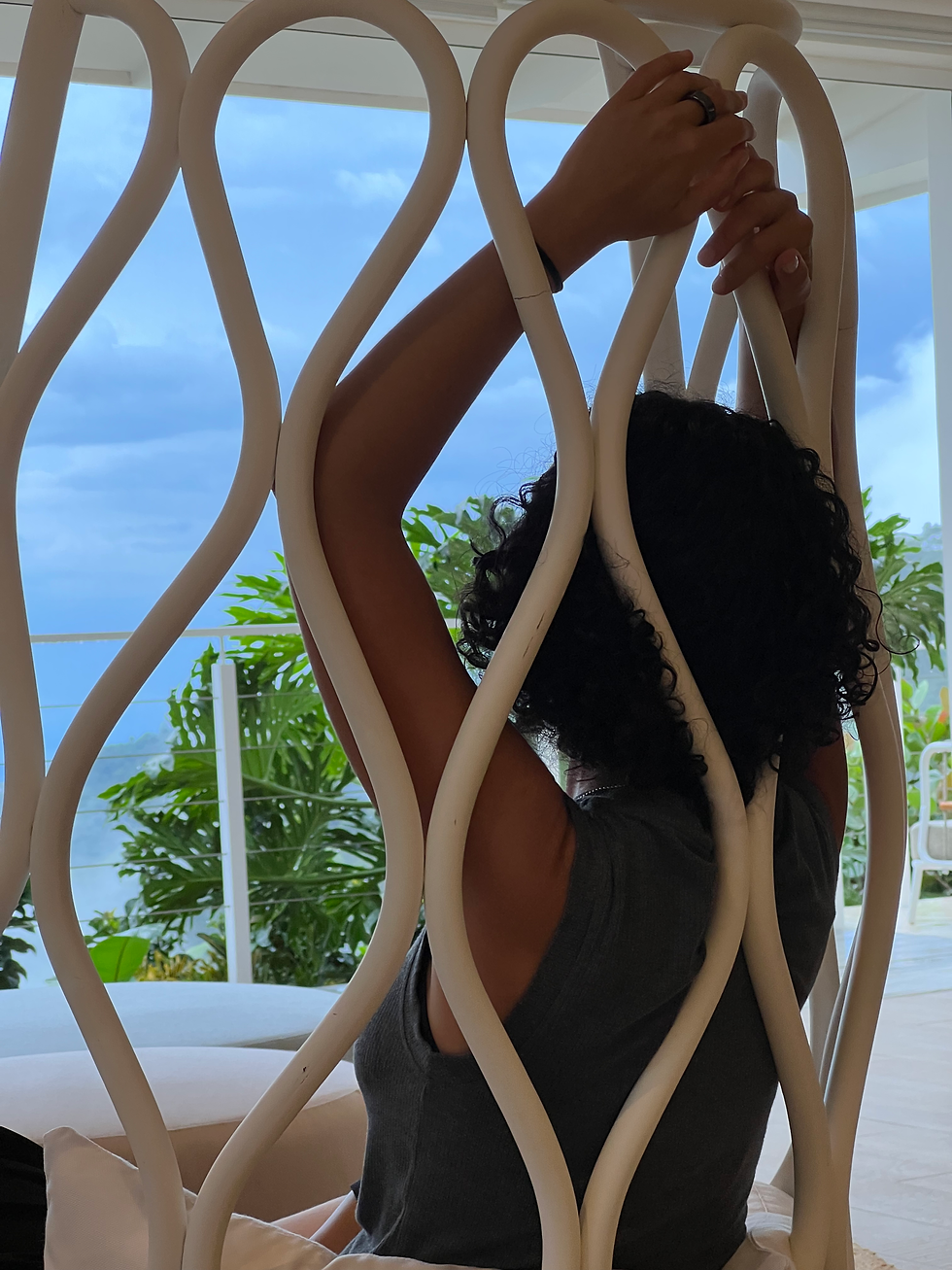Just as last time we talked about the wound of shame, today I want to talk about another wound that we all have and some of us a little more present than others, and that can deeply affect our life and our bonds: the wound of invasion.
What is the Wound of Invasion?
The invasion wound or wound of invasion is the reason that makes us constantly seek freedom. Those of us who carry this wound tend to become somewhat "anti-dependent." Typically, people with this wound fear being absorbed, overwhelmed, pressured, or demanded upon, which can lead to varying degrees of rejection, displeasure, or anger when others do not give us the space we need.
It’s as if we have a heightened sensitivity to anything we "perceive" as pressure or obligation.

How does the Wound of Invasion Develop in Us?
Generally, those of us with a pronounced invasion wound did not receive support from our parents to be free or unique during our childhood. When we wanted to play with friends, our parents got jealous, controlled what we ate, who we were with, checked our drawers, or imposed their ways without room for different opinions.
Maybe our personal space, body, or even our sexuality was invaded during childhood, making us fearful of getting close to someone in the present because we were not taught that our body, energy, and space are ours.
Alternatively, we might come from a large family where there wasn’t space for individuality, or we had to take care of a sibling with difficulties, or whom the adults neglected. Perhaps we had to care for a depressive or alcoholic parent, among other things.
We learned to lose ourselves in others and disconnected from our own core. We learned to disconnect from our own abandonment by focusing on another.
Thus, in our daily life, when we get close to someone, we automatically lose our center, and this frightens us because it reminds us of our childhood.
How does the Invasion Wound Manifest?
Typically, anti-dependents push others away, avoid closeness, make excuses to avoid encounters, sometimes even lie or gradually withdraw affection. In terms of sexuality, those with the invasion wound tend to prefer or engage in casual encounters without true intimacy or connection, fearing being controlled. Alternatively, they might avoid sexuality altogether.
Some negative thoughts tightly linked to the invasion wound include feeling that what we do for others is insufficient and fearing that "if I don’t do this, they will get depressed, or create fights, or cause pain," leading to typical phrases like "I’d rather avoid the drama" or "What does it cost me?" Often, anti-dependents choose to "be alone rather than poorly accompanied," resulting in a more solitary life because we tend not to dare to connect with others and face that fear.
A vicious circle commonly perpetuated in people with the invasion wound operates as follows:
We do something we don’t want to, we yield, to avoid the other feeling bad, abandoned, or angry.
We feel resentment for having yielded.
We distance ourselves.
We feel guilty.
We start again (doing things we don’t want to do).
Adding to this, when we are gripped by this wound, we expect the other to give us our space because we probably didn’t learn, and weren’t taught, to protect and take our own space.

Anatomy of the Wound of Invasion
Recognizing when we are gripped by this wound is greatly helpful, and for this, it’s interesting to see the anatomy of the wound.
How does it feel like?
The wound of invasion feels like something is not letting us breathe, and we need to take space from the other. The other person starts to repel us, and everything they do annoys us. It can even make us nauseous. We want to keep them away. Another feeling when we take that space is guilt because we weren’t taught that our space is our right.
What do we think?
When gripped by the wound of invasion, we cling to the expectation that the other should give us that space, because taking it makes us feel very guilty and we don’t know how to do it. We find ourselves thinking things like:
"This shouldn’t be happening."
"Why don’t they realize I need space?"
"Why don’t they go away?"
"Why don’t they leave me alone?"
"Don’t they have something to do?"
"How annoying!"
What do we do?
There are various actions we take when our invasion wound is activated:
We isolate ourselves, stop answering the phone, disappear.
We numb ourselves with something: drugs, alcohol, the phone, pornography, etc.
We engage in non-intimate, casual relationships to avoid demands because we feel everything as a claim.
We set harsh boundaries because we don’t know how to do it lovingly (and because we wait too long to do it).
We lie to take our space. We find excuses to be alone, as if we didn’t have the right to be alone. "I have a lot of work."
We comply anyway and don’t realize that in this process, instead of helping the bond, we damage it.
Invasion and Shock
Part of any individual’s growth is understanding when and how to set boundaries. When we are activated in this wound, we see in the other certain attitudes or actions that awaken this invasion and, consequently, a degree of shock: when they demand, insult, attack, shout, or interrupt us. Therefore, even when this invasion occurs, it is important to set boundaries in a healthy way.
It’s true that it’s difficult: this difficulty, as mentioned earlier, stems from having been invaded (or worse) as children, so we don’t know how to set them. Without hurting or harming the other, trying to set boundaries is the best and healthiest way to start healing this wound. And just like when we learned to walk, at first, it will be a bit clumsy, but gradually we will learn to set them more fluidly. We just need to be patient and keep practicing.

The Path to Healing and Growth
Finally, I want to leave you with some steps that can guide and help you work on your invasion wound when it is activated:
Bring to consciousness that your wound is being activated.
Understand that it comes from the past and not the present.
Feel it. Take time and space to feel it. Inform the other that you will come back so they don’t despair (because they will feel their abandonment wound activated when you take your space).
Set a boundary if the other has invaded your spaces (with words, insults, opinions, or physically). If the other hasn’t but your wound was activated, there is no boundary to set; you just need to feel it and take responsibility for what is happening to you.
In both cases (whether you were really invaded or not), take responsibility for what you bring to the table: "I need a lot of space to feel myself and what I need, and it has nothing to do with you," or "I need to go slow because I tend to lose myself in the other," etc.
Be compassionate and patient with your own process.
To explore more on this topic and learn the best ways to heal the invasion wound, I invite you to watch the video in the Resources section titled: "I Need Space: An Exploration of Abandonment and Invasion Wounds." I hope it helps you in your process, and feel free to contact me if you need anything.
With love,


Comentarios